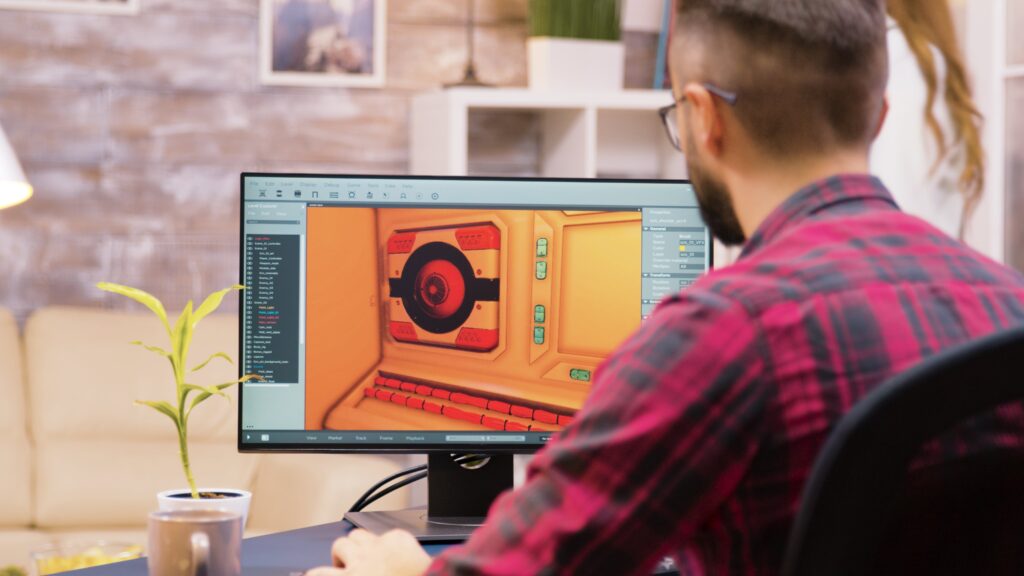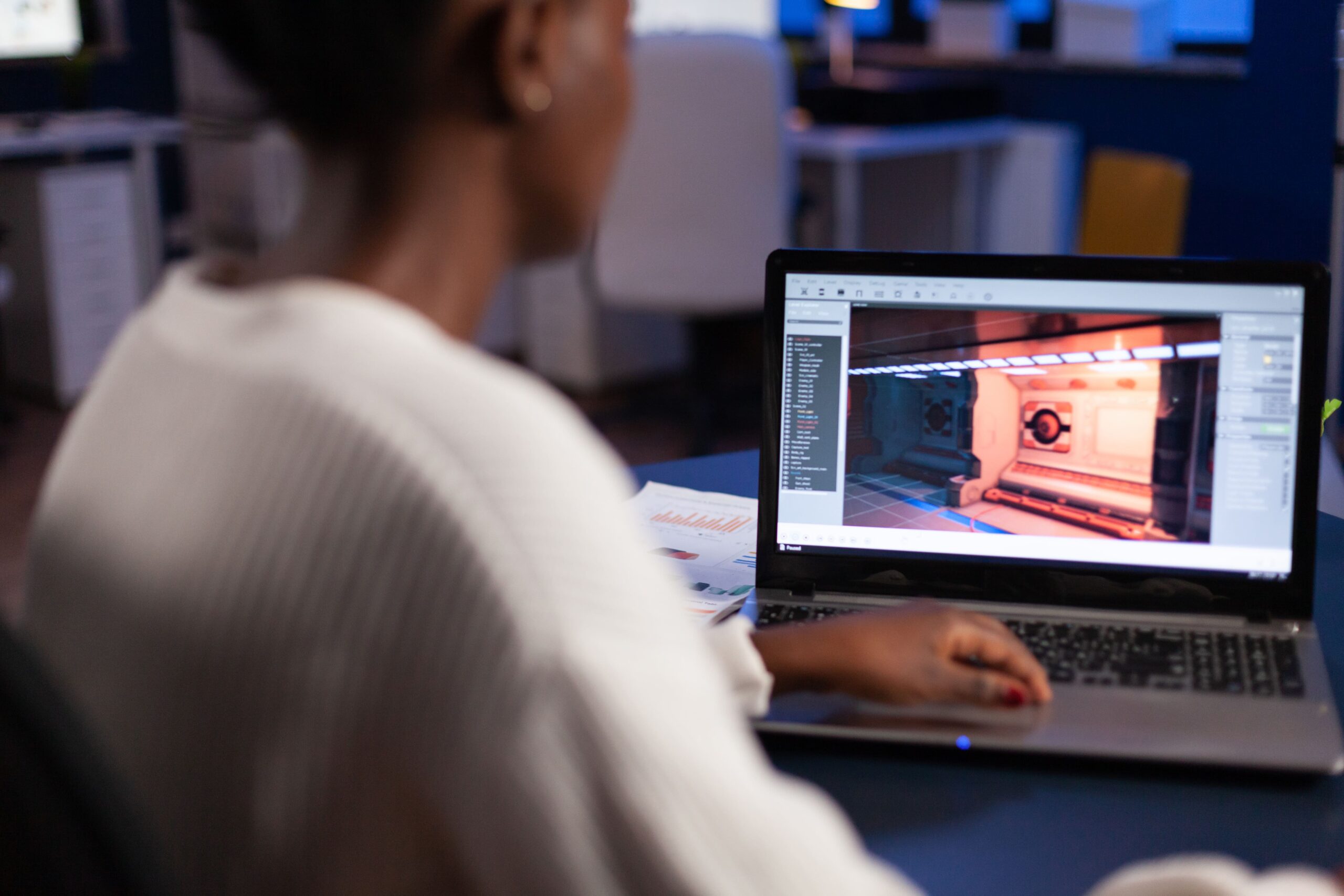Animation’s role in medical education and visualization is a rapidly expanding field that offers a unique blend of creativity and technology to enhance learning and understanding in the healthcare industry. The use of animation in medicine has proven to be a valuable tool for medical students, healthcare professionals, and patients alike.
From illustrating complex medical concepts to simulating surgical procedures, animation plays a crucial role in bridging the gap between theory and practice in the medical field.
The Benefits of Animation in Medical Education
By using visual storytelling and interactive elements, animation enhances the learning experience for students and professionals alike. Below are some key benefits of incorporating animation into medical education:
- Simplifies Complex Concepts: Animation breaks down intricate biological processes and anatomy, making them easier to understand compared to traditional textbooks and lectures.
- Enhances Engagement: Interactive and dynamic animations keep students engaged and aid in grasping difficult topics more effectively.
- Improves Retention: Students can pause, rewind, and zoom into animations, allowing them to focus on specific details and review content at their own pace.
- Bridges Language Barriers: Visual storytelling helps convey complex information clearly, making it accessible to diverse audiences.
- Supports Active Learning: Animation fosters a more immersive learning experience, encouraging active participation and deeper comprehension.
Animation in Surgical Simulations
Moreover, animation can also be used to simulate medical procedures and surgeries, providing students with a realistic and immersive learning experience. Virtual simulations allow students to practice their skills in a safe and controlled environment, helping them develop the confidence and expertise needed to succeed in their future careers.
In addition, animations can be used to demonstrate the effects of various medical treatments and interventions, giving students a comprehensive understanding of how different therapies work.
Animation Enhancing Communication in Healthcare
Another significant advantage of using animation in medical education is its ability to enhance communication between healthcare professionals and patients. Visual aids such as animations can help healthcare providers explain complex medical conditions and treatment options to patients clearly and understandably.
This not only improves patient comprehension but also empowers them to make informed decisions about their healthcare.
Demand for Medical Animation Careers
In recent years, the demand for skilled animators in the medical field has been on the rise. As technology continues to advance, healthcare organizations are increasingly turning to animation to create innovative solutions for medical education, patient communication, and visualization. This has created exciting job opportunities for animators who specialize in medical animation.
Promising Careers in Medical Animation
As the demand for clear and engaging communication of complex medical concepts grows, medical animators and related professionals are becoming essential in educational, research, and marketing roles. Here are some promising careers in the field of medical animation:
- Medical Animator: Medical animators create visual representations of medical concepts, procedures, and technologies. They work closely with healthcare professionals to develop accurate and informative animations that are used for education, research, and patient communication.
- Healthcare Marketing Specialist: Healthcare marketing specialists use animation and multimedia content to promote healthcare services, medical products, and patient education initiatives. They may create marketing materials such as videos, animations, and interactive websites to engage with target audiences.
- Medical Illustrator: Medical illustrators focus on creating detailed drawings and 3D models to visually explain anatomical structures, surgical procedures, or disease mechanisms. They collaborate with animators to produce high-quality visuals for textbooks, research papers, and online learning resources.
- Biomedical Visualization Specialist: These specialists utilise animation to create realistic visualizations of biological processes and medical devices. Their work is often used in clinical training, research presentations, and medical simulations to enhance understanding.
- Interactive Media Developer: Interactive media developers design and implement interactive educational modules for medical training. By incorporating animation, interactive diagrams, and simulations, they create engaging learning experiences for medical students and professionals.
- Virtual Reality (VR) Medical Animator: VR medical animators develop immersive experiences that allow users to explore anatomical structures or simulate complex procedures in a virtual environment. This innovative approach is increasingly used for training surgeons and educating patients.
- Scientific Communication Specialist: These professionals bridge the gap between science and the public by using animation to simplify complex medical and scientific information. They create animations for public health campaigns, patient education, and scientific publications, ensuring that the content is both accurate and accessible.
- Medical Content Developer: Medical content developers combine their knowledge of medicine with animation skills to create scripts, storyboards, and visual content for educational and promotional purposes. They work with a range of professionals to produce content that is informative and visually appealing.
- Medical Simulation Specialist: Medical simulation specialists use animation and 3D modelling to create realistic scenarios for medical training. Their work is essential for developing simulation-based learning tools that help healthcare professionals practice skills in a safe and controlled environment.
These careers not only require a deep understanding of medical science but also strong artistic and technical skills to effectively communicate complex concepts through animation. As the healthcare industry continues to embrace digital technology, opportunities in medical animation are expected to expand, making it a promising field for creative professionals with a passion for both science and art.
Key Takeaways:
- Animation is a valuable tool in medical education, simplifying complex ideas and making them more accessible to a wide audience.
- Pursuing a career in medical animation can be rewarding for creative professionals passionate about art and science.
Consider enhancing your skills and knowledge in medical animation by exploring the NYU Animation Industry Essentials online course and certificate program offered by Yellowbrick. This program can provide you with the expertise and training needed to excel in the dynamic field of medical animation.




